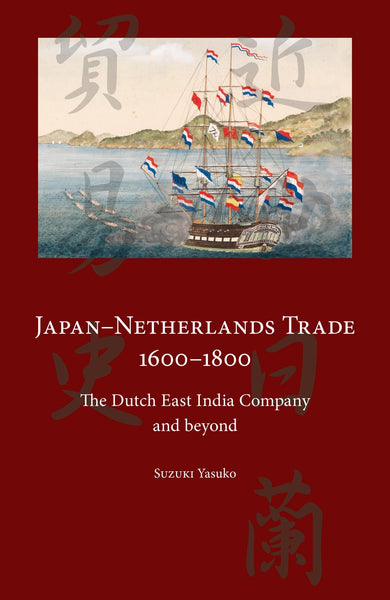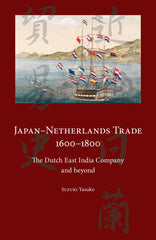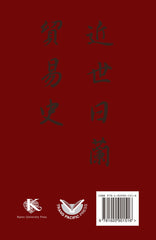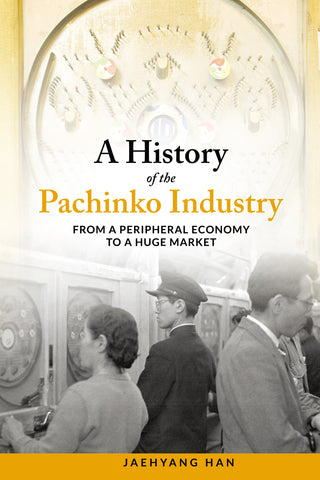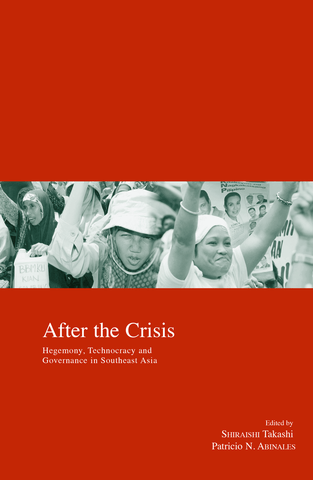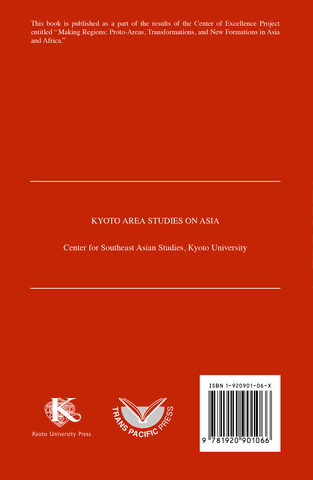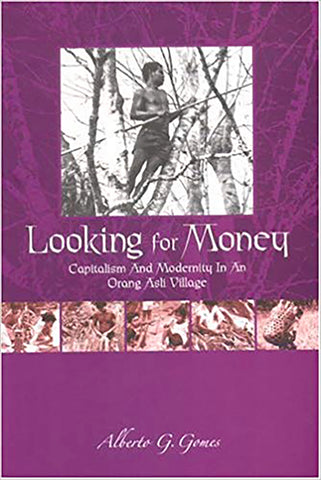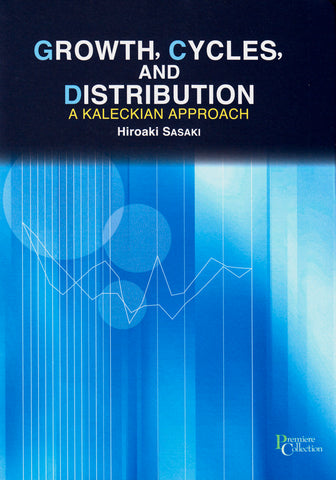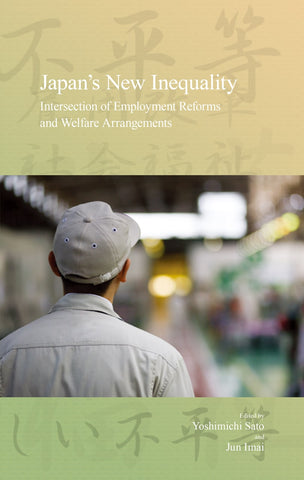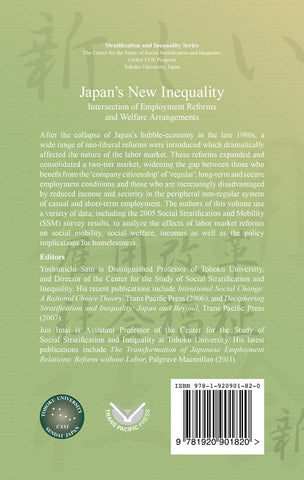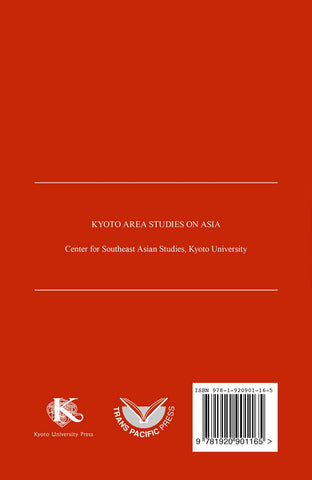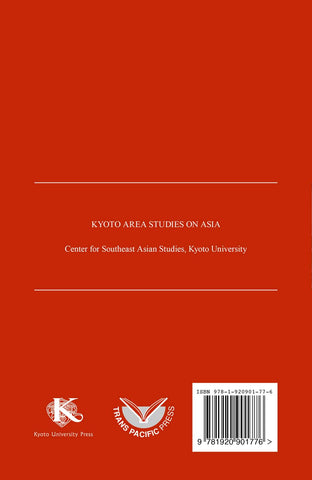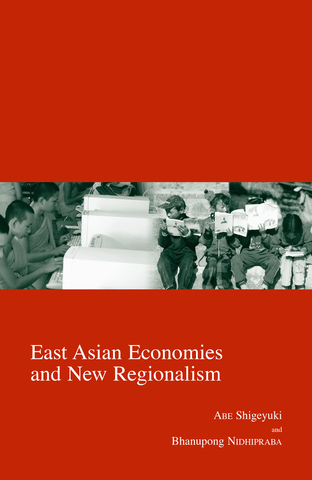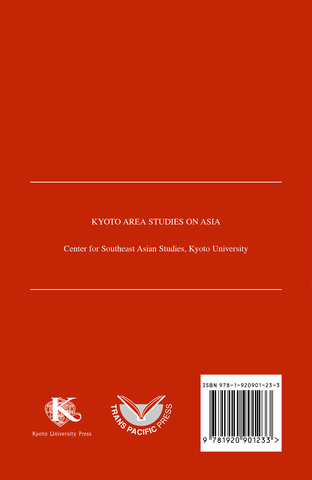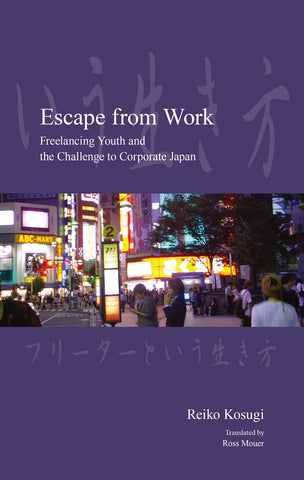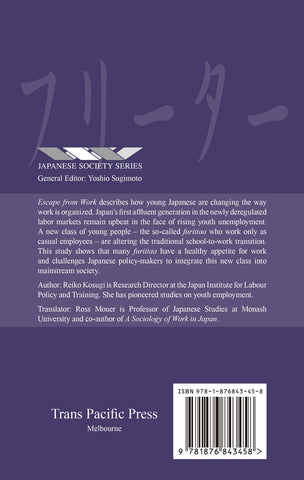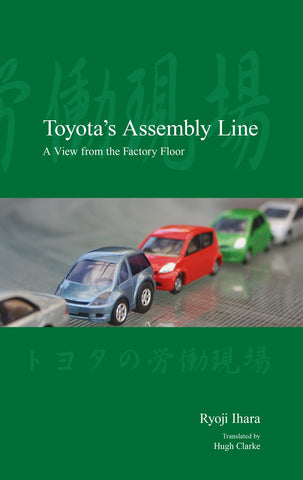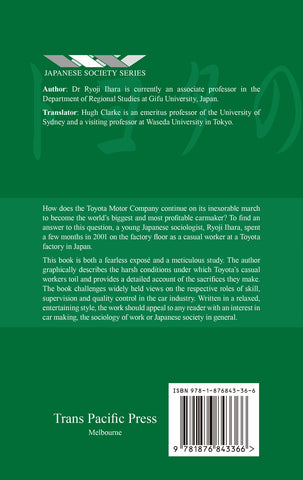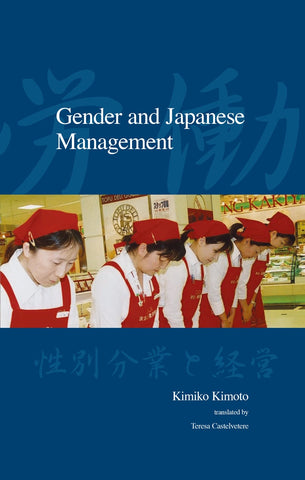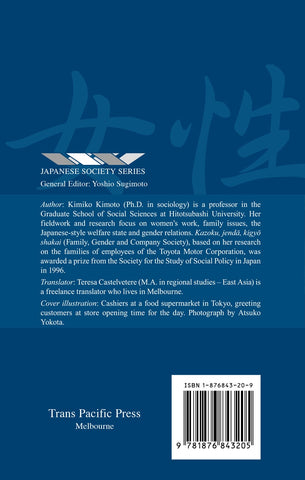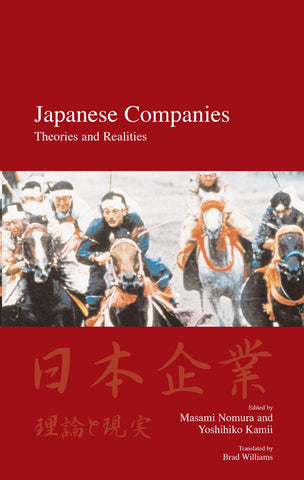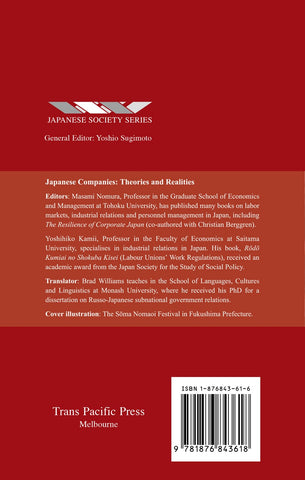Japan-Netherlands Trade 1600-1800
Many In Stock
In the early modern period, relations between the Netherlands and Japan were founded on trade. The Dutch United East India Company operated in Japan for over 100 years, from 1609 to the early 18th century. The Dutch-Japanese relationship - built sometimes on understanding and at other times on resentment - is recorded in great detail in the trade-related archives of the period. This book closely examines these documents to reveal the changing market conditions of the main commodities exported by the Dutch from Japan at the time: silver, koban (gold), copper, and camphor. This analysis of both Dutch and Japanese perspectives on the trade market forms an intricate picture of the cultural, political, and economic context of trade between the Netherlands and Japan in the early modern period.
Reviews
"...many useful tables and charts in this book, which economic historians of Japan and Asian trade networks will be able to use in the future." - Journal of Japanese Studies, Vol. 39:2, 2013
About Editors and Authors
SUZUKI Yasuko has been Professor in the Faculty of Literature, Hanazono University, since 2002. She specializes in the early modern history of Japan, history of external negotiations and history of the Nagasaki area.
Table of contents
Figures
Maps
Tables
Acknowledgements
Preface
One: The Japanese–Dutch Silver Trade, 1609 to 1668
Two: Copper Trade during the Hirado Era
Three: The Copper Trade of the Dutch Factory in Nagasaki
Four: The Koban Trade and the Asian Market
Five: Camphor Production and Sale
Six: Japanese Exports in the Early Eighteenth Century
Conclusion
Appendix
Bibliography for Appendix
Index
